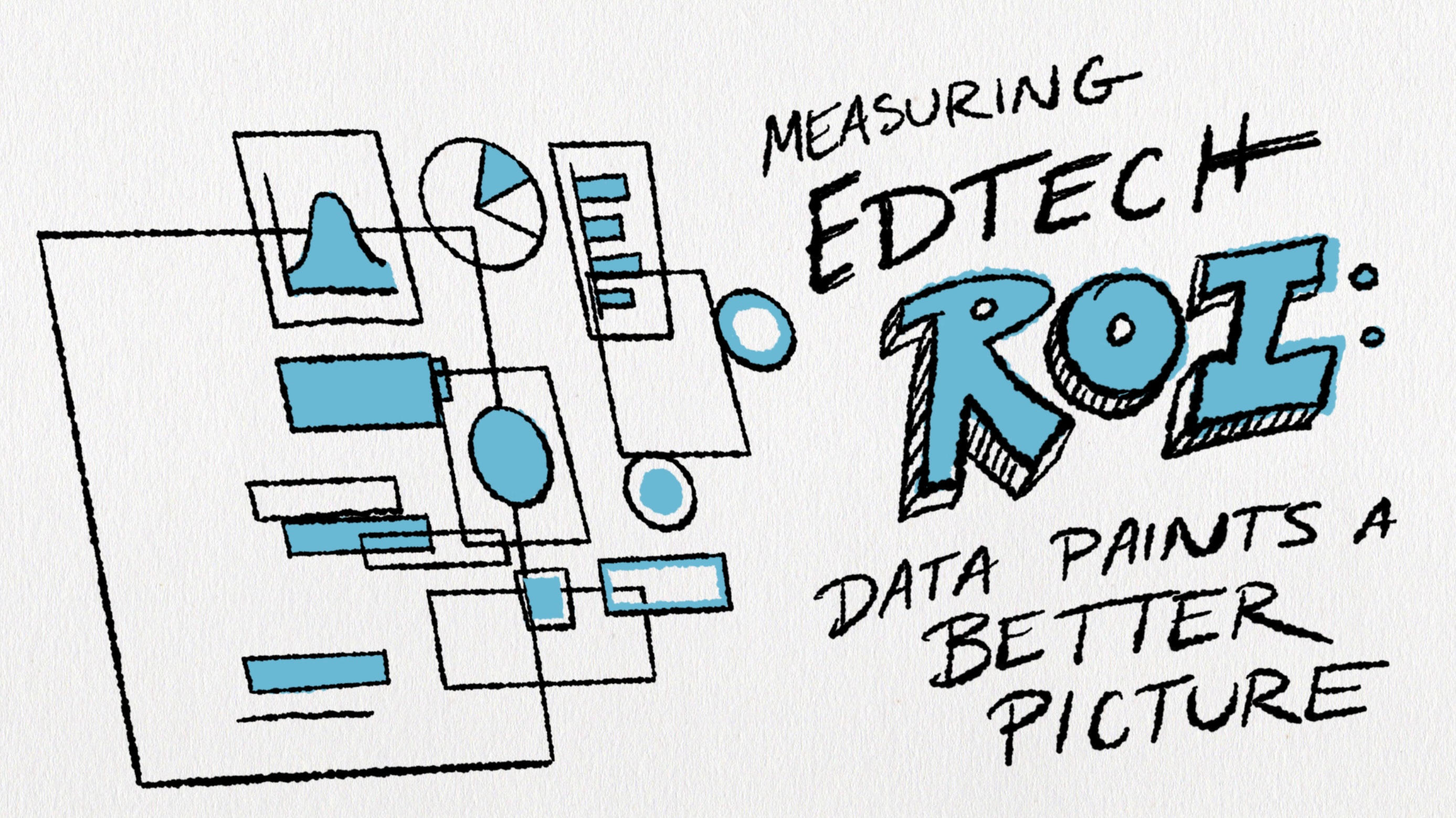
Technology has evolved the modern workplaces from an office cube farm to maximum flexibility. A similar trend is emerging for K12 schools with the advent of 1:1 technology programs, flipped classrooms, and more widespread connectivity. But is blurring the boundaries of classroom learning healthy for students (and teachers)?
Blended learning refers to the combination of brick-and-mortar classroom time and formal online learning. Different models have been recognized and give us a common vocabulary to use. These include rotation, flex, self-blend, and enriched-virtual models.
These models incorporate different types of in-person and online learning, including direct instruction, small group practice, labs, intervention, and more. Blended learning can be high in quality or not, dynamic or static, expensive or less costly. In short, it’s just like any other curriculum choice. Let’s explore the pros and cons of making education mobile.
The pros of mobile education
Blended education models tend to “flip” the classroom. Rather than filling classroom time with lecture and then leaving students with leftover time, study halls, and homework to practice, teachers shift into a facilitator role. Students spend the majority of their classroom time together actively working with questions, whether in small groups or individually, while the teacher plays the role of active coach. Instead of preemptively leading students to a conclusion, they’re waiting to intervene if needed, as students learn from their errors and triumphs.From a student’s point of view, mobile education has an allure all its own because devices are cool—there’s really no way around it. Well-meaning adults can fret about screen time, but guiding students to see their mobile devices as learning portals might be the key to managing students’ tech use in a healthy manner. Students have a fair amount of control and agency over their mobile learning. A 2015 survey of middle- and high-school students found that up to 57% of students felt that personal cell phone bans presented an obstacle to technology use in education. For students, computer labs with shared devices just aren’t as engaging as learning on a personal device.
Mobile learning options increase equity for students who may not have the means to access traditional schools. Whether this looks like a student with chronic illness (physical or mental), children who face transportation issues, or those dealing with other special circumstances, mobile education can offer a way for schools to reach students they were previously unable to serve appropriately.
Students may stay actively engaged with assignments in new settings, such as museums, the great outdoors, and in other field trip locations. Audio and augmented reality, although emerging, look promising as they enhance typical classroom experiences. All these ideas fall under the umbrella of seamless learning, a component of distance learning, which dates back to 1996. We’ve come a long way toward making education truly seamless.
The pitfalls of mobile education
To continue on the thread of equity, many of the cons surrounding blended learning concentrate on the availability of devices and connectivity. Unless all students have access not only to the personal computing device but also to the proper high-speed connection required to access broadband and video content, blending learning will not be an effective means of education.This means schools must do their due diligence well before setting up an expectation of mobile education. They must invest in and test their infrastructure. They must consider the needs and means of students to acquire a device—would this look more like BYOD or a rollout of a 1:1 technology initiative? The answer depends entirely on the population and curriculum of each school—perhaps even each grade level or classroom.
What we do know for sure is that students have access to smartphones. A 2015 survey of 2,300 students by Pearson found that over half of fourth and fifth grade students, two-thirds of middle schoolers, and 82% of high school students regularly used a smartphone. The study also found 41% of students used a smartphone at least twice a week to complete schoolwork.
While we know students are using personal devices for schoolwork, not all blended learning models are created equal. The key to mobile or blended education is the “formal” qualifier—it’s not enough to play a couple free apps or gamify multiple choice quizzes. Deep cognition is the key to engaging students in education outside a formal setting. When in doubt, increase the formal nature of assignments or practice. Students may not be sitting in school, but they’re still engaged in the important work of learning.
Finally, the crux of the mobile education issue looks a lot like the classic debate over homework: how much is too much (if any)? Just as the modern workplace has had to evolve as employees gain more connectivity and require less “seat time” in an office, schools must learn to model and stress work/life balance for students. This type of soft skill experience can only help them as they transition into college or career after graduation.
The role of edtech
As times change and more of our lives move into a mobile setting, opportunities increase and engagement begins to trickle out into the “real world,” instead of being limited to the four walls of a classroom. However, the tools of this trade are causing alarm for students and parents due to overuse. It’s no secret mobile technology is deliberately designed to be addictive—increasing the amount of time kids are required to work on screens is a delicate balance.Mobile devices are being outfitted with different applications designed to report screen time and activity, directly related to growing instances of screen addiction among children. Educators can help manage this phenomenon by modeling healthy behavior and keeping mobile education a tool, not a way of life.
Like so many quandaries in education today, mobile education initiatives fall to school leaders to make careful decisions based on their unique populations and culture. The pros may outweigh the cons as society transitions into an ever-increasing reliance on technology.
Follow-up Resource: Explore Learning Environments
How does a student's environment affect learning? Learn more in Maslow and the Modern Learning Environment.WHAT'S NEXT FOR YOUR EDTECH? The right combo of tools & support retains staff and serves students better. We'd love to help. Visit skyward.com/get-started to learn more.

|
Erin Werra Blogger, Researcher, and Edvocate |
Erin Werra is a content writer and strategist at Skyward’s Advancing K12 blog. Her writing about K12 edtech, data, security, social-emotional learning, and leadership has appeared in THE Journal, District Administration, eSchool News, and more. She enjoys puzzling over details to make K12 edtech info accessible for all. Outside of edtech, she’s waxing poetic about motherhood, personality traits, and self-growth.




